Between February and July 1836 nine ships left England bound for South Australia. Four carried South Australian Company officials, labourers, fisherman and supplies to the new colony. These were the John Pirie, Duke of York, Lady Mary Pelham and Emma. Colonel Light’s surveying party was aboard two of the Colonization Commissioners’ ships, the Cygnet and Rapid. Two privately chartered barques, the Africaine and Tam O’Shanter brought out more emigrants, provisions and building supplies for the establishment of the province. Finally the Buffalo, conveying Governor Hindmarsh and his officials and other passengers, was the last of these nine vessels to leave England and the last to arrive in South Australia on 28 December 1836.
Profiles for each of the vessels – listed in alphabetical order- can be found below.

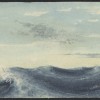
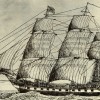
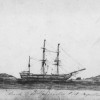

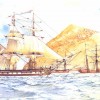
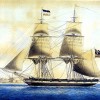
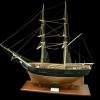
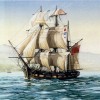
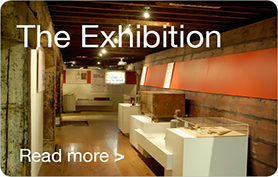

my favourite ship is the titanic
Wonderful site which I have just discovered. My relatives “the Sladden’s” arrived on the Buffalo & the Cygnet so will follow this site with great interest-just beginning the genealogy research on this side of the family so great to get some insight into their arduous journey to SA and their wonderful contribution to our present state. With Thanks for your great research
Geoff
Thanks Geoff and stay tuned. There is lots to come from the Buffalo.
Hi Alexander, I have an image of the Coromandel as part of the SA Maritime Museum migration data base. Regards John Ford
Hi,
A very good site, from what I have looked at so far.
I am a writer ( in Adelaide) and I am researching the Ship “Coromandel” which arrived shortly after the Buffalo and which gave it’s name to Coromandel Valley. There do not seem to be any Paintings or Drawings of this ship. I have an article about a model made by a deserting sailor, but the article is from 1933, Ihave not been able to trace where the model could be now.
My research 1820’s, but I also read that it was originally called the “Malabar” and was re-fitted and Re-named before sailing to SA in1837.
My Question is, do you have any more information about the “Coromandel” ?
Thank you for displaying some of my migrant ship creations. A very informative web site
Hi John,
Thank you for giving us permission to display some of your works on this site! Glad you are enjoying the site.
Regards,
Kristy – History SA
I have found the site very informative. As a Maritime Artist residing in South Australia and have recreated migrant ships for many clients.
Hi Bernard, Thanks for your encouraging words! I have forwarded your inquiry onto one of our museums (South Australian Maritime Museum). In the meantime someone from our twitter community has suggested you visit the Pioneers Association website as it has some information on the Prince George http://www.pioneerssa.org.au/1838.html
Regards, Kristy – History SA.
I am researching the flight of the Lutherans from Silesia, Germany, to South Australia in June 1838 and have traced their escape from the Klemzig district down a series of rivers taking them to Hamburg where their little ship, the Prince George, awaited them, but I doubt that ship took them all the way to Australia. Could you please confirn that the Prince George crossed the Channel to Plymouth, from which it sailed for Australia, as many religious refugees had done before, including the Pilgrim Fathers in 1620. Any further information re the Prince George would be most appreciated. Congratulations to History SA and it’s wonderful web site.
Thank you.